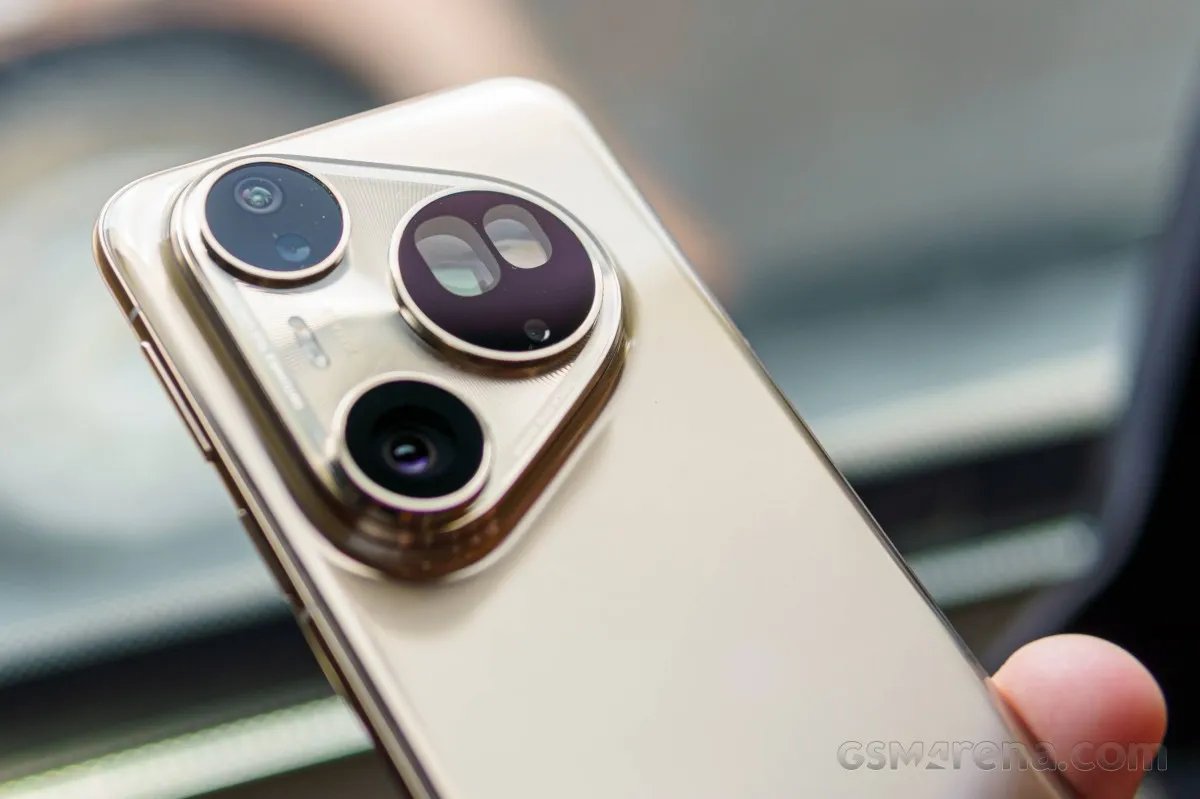In China, the official presentation of a new augmented reality system for cars — LCPD AR HUD (Light-Conducting Panoramic Display), developed jointly by Huawei and Xpeng, took place. As part of the project, a solution has been created that converts the windshield of an electric car into a full-format projection display with high resolution.
The system displays information directly on the windscreen, turning it into an 87-inch screen with a 2K resolution, 1800:1 contrast ratio and a maximum brightness of up to 12,000 nits. Visual elements cover not only the area in front of the driver, but also the space in front of the front passenger, which allows you to distribute information across the entire width of the window.
The AR display shows key traffic parameters: speed, navigation path, road markings, turns, and the current situation. The system also responds to pedestrians and other vehicles, alerting the driver in real time about potential risks. Navigation data is provided as animated lines that adapt to the traffic context.
Special attention is paid to operation in adverse weather conditions. According to Xpeng, the system is able to provide visibility and navigation accuracy even in fog or rain, using real-time data processing.
AR HUD is integrated with an autopilot system based on data collected from a million kilometers of autonomous driving. The manufacturer emphasizes that this solution is aimed at reducing the cognitive load of the driver — thanks to the display of information on the glass, there is no need to constantly switch between the dashboard and the multimedia screen.
The first model to receive the new system will be the Xpeng G7 electric car. Its price in China will be about 250,000 yuan (about $35,000), and the launch of production is scheduled for the end of 2025. So far, we are talking about the local market, but companies do not rule out scaling the project if there is a steady demand and positive feedback.
It is expected that the system will undergo additional validation during serial use, which will allow us to assess its impact on driver behavior and overall road safety.











